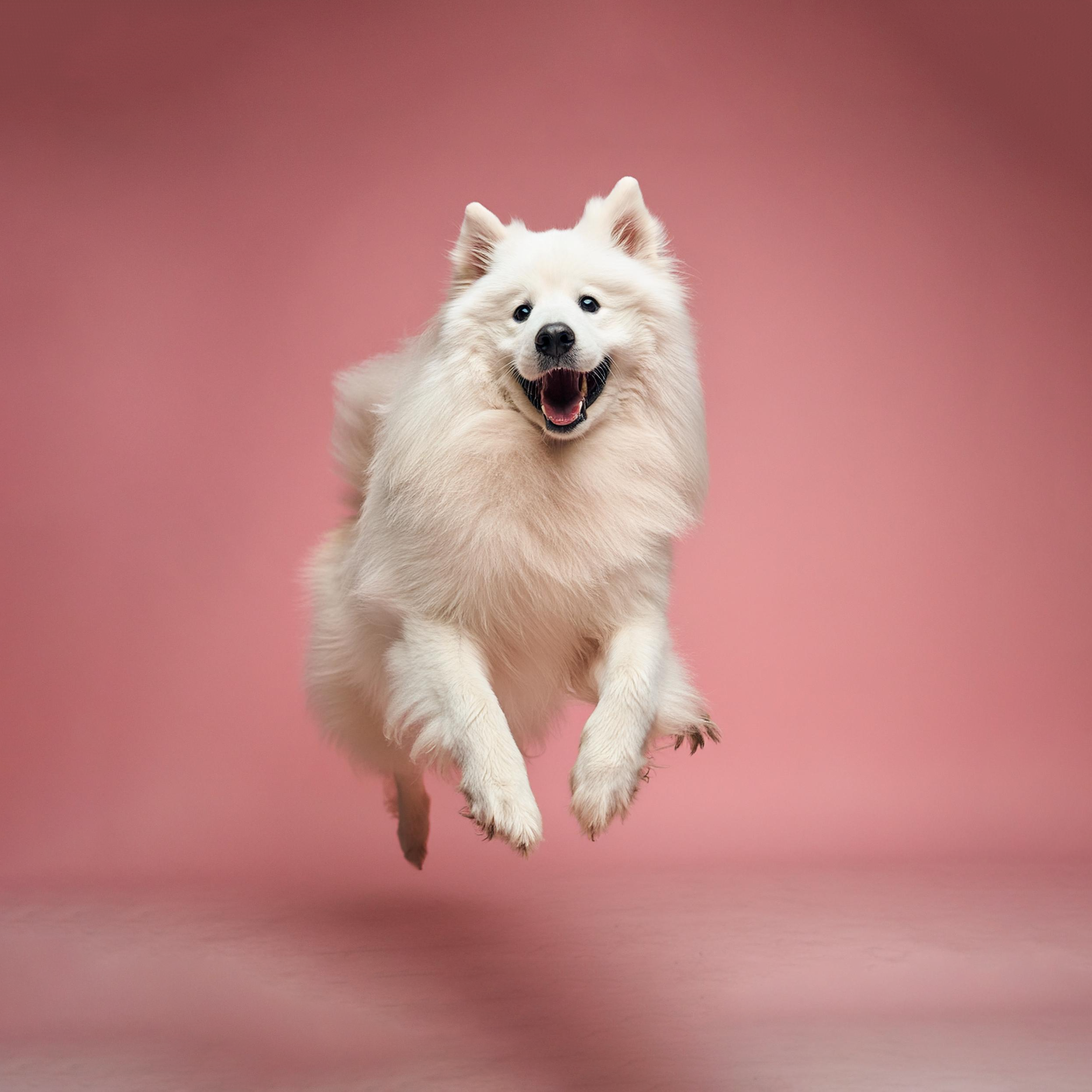Known for its fluffy white fur and smiling face, the Samoyed is a great addition to any family. These companion animals are distinguished by their loving and gentle nature. The Samoyed is the best choice for those who wish to have a friendly and playful canine that spends most of its time at home, next to its owners. The intelligence makes them an excellent choice for homes where children are growing up as well. These smart, social companies only ask for competent love and attention in return.
The Main Characteristics:
- Energetic temperament
- Loving nature
- Friendly character
- Loyalty
- Playfulness
- Sociability
- Active vocalization
- Intelligence
- Caution

